Want to add a pop of color and personality to your kitchen? Learn how to sew quilted oven mitts with this super easy step-by-step tutorial! These handmade oven mitts are beginner-friendly, and you can whip one up in about an hour – even if you’re new to sewing.
I’m honestly in love with the shape and size of this oven mitt. It’s not too bulky, but it still gives you solid hand protection. The cheerful pink fabric I used, paired with bright yellow quilting stitches, makes me smile every time I reach for it. It’s such a fun way to brighten up your kitchen!
This free quilted oven mitt pattern is perfect for using up fabric scraps or showing off your favorite cotton prints. I used regular printed cotton fabric, but you can definitely play around with colors and textures to match your kitchen vibe.
The design is on the shorter side, covering the wrist, but if you sometimes reach way into the oven, you might want to extend the pattern to make a longer oven mitt that offers more arm protection. Totally doable!
DIY Oven Mitt Tutorial with Free Pattern – Make It in Just 1 Hour!
It’s fully lined, nicely padded, and quilted through all the layers for extra durability and heat protection. Plus, I added a handy little hanging loop so it’s easy to grab whenever I need it. Little details like that make a big difference in everyday use.
A good pair of thick, heat-resistant oven mitts is something every home cook needs. This DIY kitchen mitt also makes a thoughtful handmade gift – perfect for housewarmings, Christmas, or any baking-loving friend.
Finished size: around 11″ long by 6.5″ wide.
Sewing tip: Use a 90/14 or 100/16 needle because you’ll be stitching through several layers. A walking foot is a lifesaver here – it helps feed all the layers evenly when quilting. I meant to use mine… but I completely forgot. You’ll see in the close-up photos that my stitch lengths are a bit wonky. That’s because the mitt kind of dragged under the presser foot. Lesson learned! I’ve already dusted off my walking foot for next time.
If you’re wondering what is a walking foot and do you really need one? – check out MellySews.com. She’s got a great explanation on when and why to use it.
What’s the best fabric to use for oven mitts?
If you’re wondering what materials you need to sew heat-resistant oven mitts, here’s the scoop. For the outer layer, go with thick, 100% cotton fabric – like canvas or quilting cotton. It’s durable, easy to sew, and stands up well to daily use in the kitchen.
But the real magic is in the layers you don’t see. For the inside, you’ll need a good heat-resistant batting. Cotton batting works great, or you can use something like Insul-Bright if you want extra heat protection. These insulating layers are what keep your fingers safe when you’re pulling hot trays out of the oven!
The lining fabric can be lighter – just a regular cotton will do. It should feel soft and comfy against your hand.
Choosing the Right Batting for Quilted Oven Mitts
Depending on the thickness of your insulation, you might need to double up. Always check the batting instructions to make sure you’re getting the right amount of protection. If the packaging says you’ll need two layers for projects like pot holders or ironing pads, trust it – it’s worth the extra effort.
For my quilted oven mitts, I used two layers of cotton batting on each side. I went with Vlieseline 272 Thermolam batting, which is a dense, soft, medium-weight batting that insulates beautifully. The packaging specifically recommends using two layers for heat-protective projects, and honestly, it worked like a charm. My mitts feel sturdy, flexible, and safe to use straight out of the oven.
So if you’re planning to make your own insulated oven mitts, don’t skimp on the batting! It’s what turns a pretty fabric project into a practical kitchen tool you’ll actually use every day.
You might also like:
Looking for your next quick and fun sewing project? Here are a few easy ideas to keep those creative vibes going:
- Sew a simple pillowcase with this free pattern – perfect for beginners and a great way to practice straight seams.
- Make your own round fabric baskets – they’re super handy for organizing your sewing space (or your bathroom, or your kid’s room…).
- Need something fast? Try this DIY travel toothbrush holder – it’s super practical and takes less than 5 minutes to make.
- Shopping for new tools? Check out my updated guide to the best fabric scissors for sewing – because good scissors really do make a difference.
- Want even more inspiration? Dive into a huge collection of free sewing patterns for everything from bags and clothes to home decor and beginner projects.
Sewing supplies for making your own DIY oven mitts
- FREE oven mitt sewing pattern template – download below
- 100% cotton fabric – for the outer layer & lining
- Cotton batting / Insul-Bright batting
- Approx. 19” of double fold bias tape (or make your own with a bias tape maker)
- Fabric scissors
- Iron + ironing board
- Sewing machine
- Sewing machine needle – a larger size, like 90/14 or 100/16
- Walking foot
- Sewing pins / sewing clips
Sew Your Own Heat-Resistant Oven Mitts – Step-by-Step Tutorial
So grab your fabric stash, print out the free oven mitt sewing pattern, and let’s make something useful and cute! This project is great for anyone learning how to make a quilted oven mitt, and you’ll love the result.
Step 1 – Get your pattern and fabrics ready
First things first – print out your free oven mitt pattern. Make sure your printer is set to 100% scale (no shrinking or enlarging). It’s really important if you want your oven mitt to come out the right size.
Now gather your materials. For one quilted oven mitt, here’s what you’ll need:
- 2 pieces of main fabric (this is the outer layer – choose a sturdy cotton print)
- 4 pieces of cotton batting (for insulation – I used two layers per side)
- 2 pieces of lining fabric (soft cotton works great here)
Each piece should be about 9” x 12”. If you want to sew a matching pair of oven mitts, just double up and cut another set of everything.
You’ll also need around 19 inches of bias tape to bind the bottom edge of the mitt. Don’t stress if you don’t have actual bias-cut tape. I just cut a strip on the grain (straight along the fabric) and it worked perfectly for this project, since we’re binding a straight edge.
Step 2 – Build your fabric sandwiches
Now it’s time to make your fabric layers – aka your oven mitt sandwiches. Here’s how to stack everything:
- Start with one piece of lining fabric, right side facing down
- Add two layers of cotton batting on top
- Finish with one piece of main fabric, right side facing up
Repeat the same stack for the other side of the mitt.
Now place your paper oven mitt pattern over one of your fabric sandwiches and cut around it. Do the same for the second sandwich. You should now have two mirror-image mitt pieces that are already layered and ready to go.
Give each sandwich a quick press with your iron to flatten everything nicely. Then pin all the layers together so they stay put while you sew. It’s starting to look like something already!
Step 3 – Quilt your oven mitt pieces
Here comes the fun part – quilting! Use a 3.0 mm stitch length and start quilting diagonal lines across each oven mitt piece. I started from the middle and worked my way out, just eyeballing the lines. You can mark them if you want to be more precise, but honestly, the casual look works fine here.
If you have a walking foot, now’s the time to use it – it helps feed all those layers evenly. I forgot to attach mine (oops!) and you can totally tell in my stitch lengths. Still works, but next time I’m definitely remembering to use it!
Once you’re done quilting, your mitts will look super cozy and puffy.
Now go ahead and cut around the edges of both quilted pieces, following the shape of the pattern exactly.
Step 4 – Make your own bias tape (or fake it!)
Don’t have store-bought bias tape? No worries – just make your own! If you’ve got a bias tape maker, now’s the time to use it. But honestly? For this project, I didn’t even bother cutting my binding on the bias. I cut it straight on the grain, and it worked just fine. We’re not going around curves here, so you don’t need stretchy bias binding.
You’ll need a strip that’s about 19 inches long, and wide enough to fold in half with a bit of wiggle room for topstitching. If you’re making a matching pair of mitts, cut a second strip now and save yourself the trip back to the cutting table.
Step 5 – Sew the binding to the bottom edge
Time to attach the bias tape to the bottom edge of your first oven mitt piece. Cut a piece of your double-fold binding that’s the same length as the raw edge at the wrist opening.
Here’s how to do it:
- Line up the raw edge of your bias tape with the raw edge of the mitt, right sides together.
- Use sewing clips or pins to hold it in place.
- Stitch along the folded crease of the bias tape.
Now fold the bias tape over the raw edge, wrapping it around to the back side. You want it to cover the stitching line you just made. If the edge of your mitt is a little too thick and bulky, don’t be afraid to trim it down just a tiny bit – no shame in doing what you gotta do to make things fit nicely!
Once it’s folded over, topstitch close to the edge of the bias tape from the front side of your mitt. The trick is to go slow and check the back every so often to make sure you’re catching the tape on the reverse too. It can be fiddly, but it’s worth it to get a neat, secure finish.
Here’s the truth: my bias tape didn’t turn out perfect. There are a few wobbly stitches, and one corner gave me attitude, but hey – it’s still totally functional and looks cute from the front. That’s all that really matters, right?
So if you’re new to sewing binding on oven mitts or just want a quick refresher, this method is easy, beginner-friendly, and doesn’t require fancy materials. Just some fabric scraps and a little patience.
Step 6 – Make and attach the hanging loop
Let’s not forget the handy little hanging loop – it makes storage so much easier and adds a nice touch!
Cut a 4-inch piece of bias tape (you can use the same fabric as your binding for a cute match). Fold it in half lengthwise and edgestitch along both long folded edges to keep it flat and neat.
Then fold the strip in half to make a loop. That’s it – it’s ready to be sewn into your mitt.
Step 7 – Sew the two oven mitt halves together
Now comes the exciting part – putting it all together!
Place your two quilted oven mitt pieces right sides together, so the pretty outer fabrics are facing each other. Slip your folded hanging loop in between the layers, about 1 inch from the bottom edge. Make sure the raw ends of the loop stick out slightly past the raw edge of the mitt – this way, they’ll be caught in the seam and nice and secure.
Pin everything in place and then stitch all the way around the edge of the mitt, leaving the bottom open (don’t sew it shut!). Use a small seam allowance, and backstitch at the beginning and end to lock your stitches.
When you reach the thumb dip area, round the corner slightly instead of making a sharp V. It helps with turning and makes your mitt look smoother once finished.
Step 8 – Trim, Clip, and Turn Your Oven Mitt Right Side Out
Now grab your scissors and trim the seam allowance, especially in the bulky areas. Clip little notches around all the curves and make a few snips into the thumb dip too – just be careful not to cut through your stitching!
Wondering why all this trimming and clipping is necessary? It helps reduce bulk and lets your mitt lie flat and curve nicely without weird puckering. If you’re curious to learn more, there’s a great article from Itch to Stitch that explains the whole clipping vs notching thing with really helpful pictures.
Now flip your oven mitt right side out – you might need a chopstick, pencil, or turning tool to help poke out the thumb and corners. Once it’s all turned, give it a good press with your iron to smooth everything out.
And just like that – you’ve made your own quilted oven mitt!
It’s comfy, heat-resistant, and totally cute. Whether you’re baking cookies or pulling a bubbling casserole from the oven, your handmade mitt has your back. It also makes a thoughtful gift for anyone who loves to cook – or just loves handmade things!
Thanks for following along with this DIY oven mitt tutorial – hope you had fun sewing with me. See you next time for more easy and useful sewing projects!
Let’s keep in touch! You can find me on Facebook, Instagram, and Pinterest.

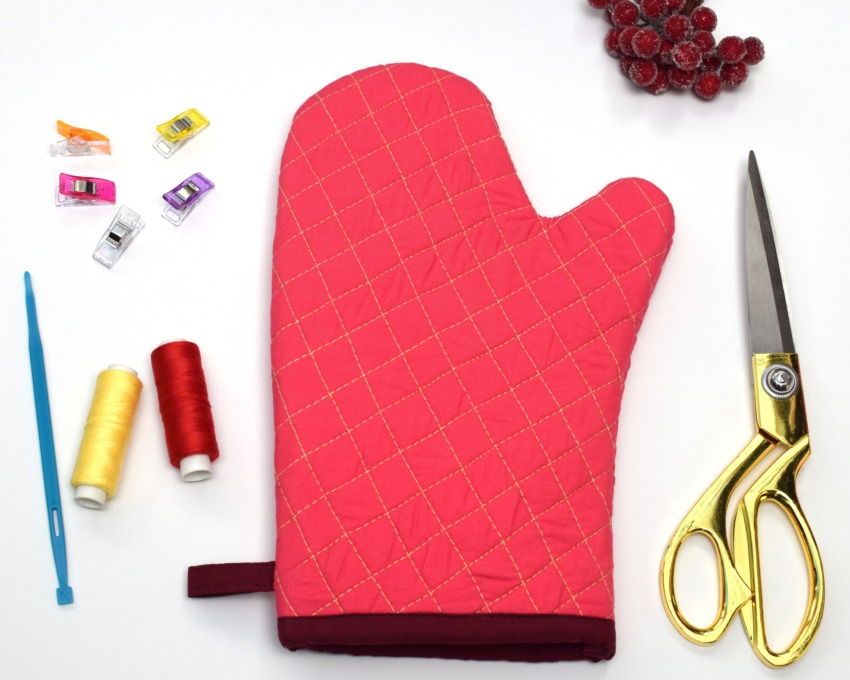
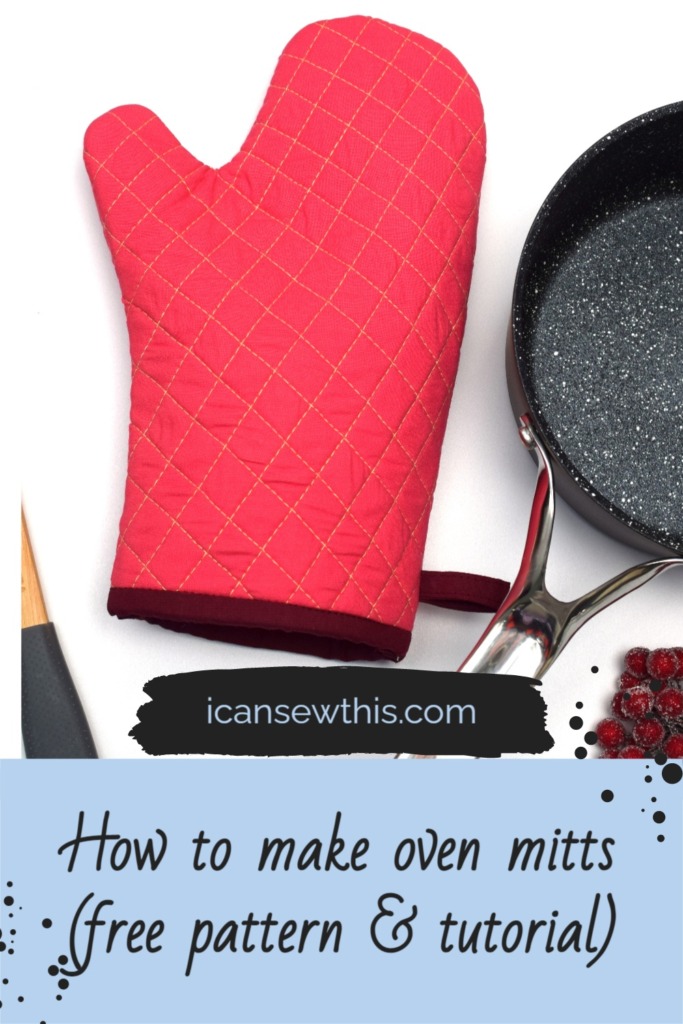
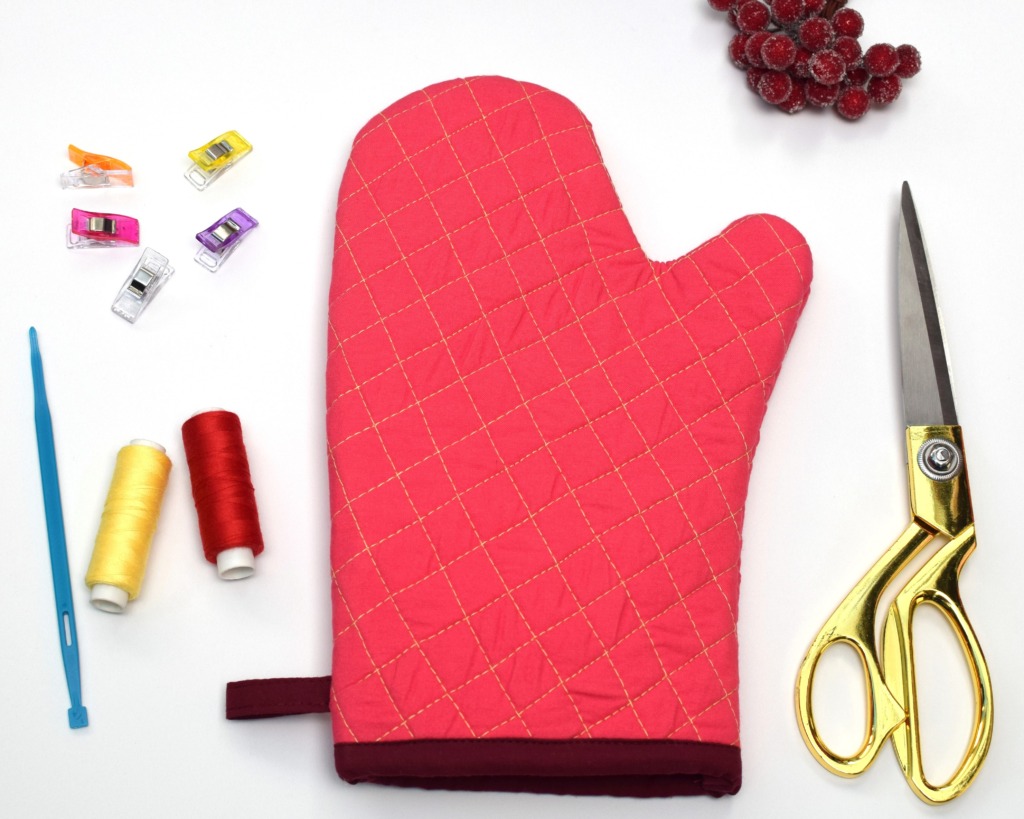
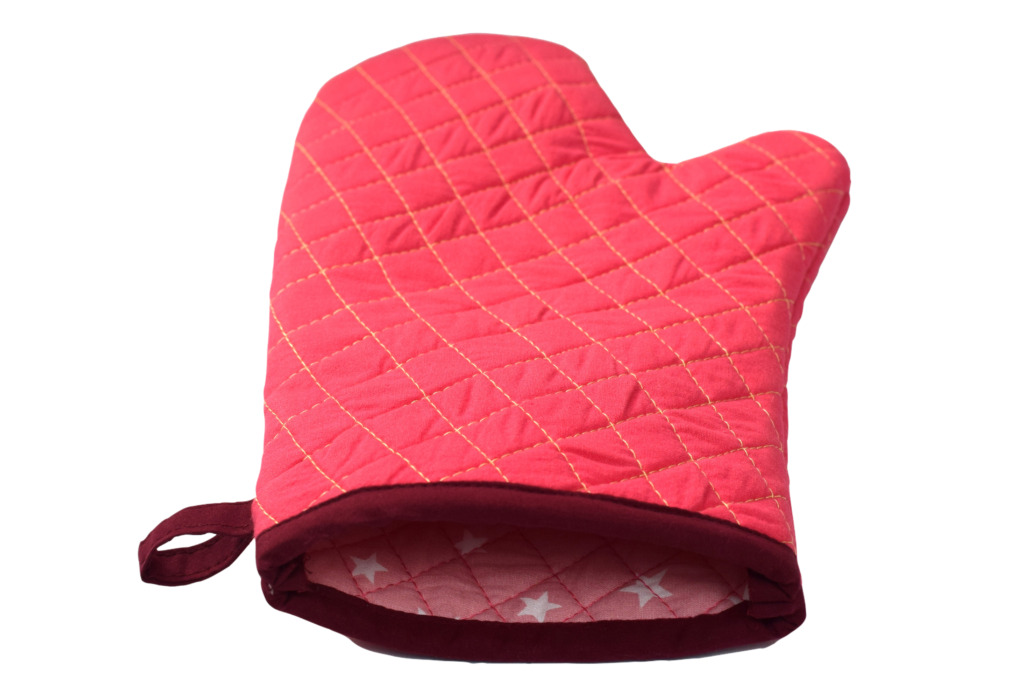
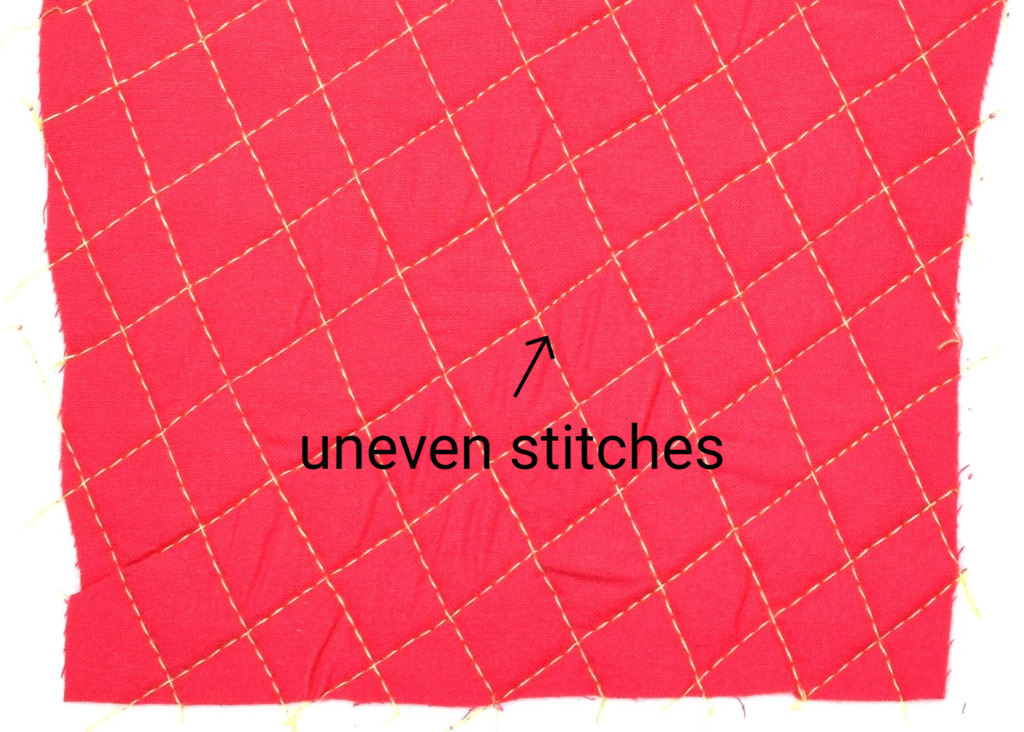
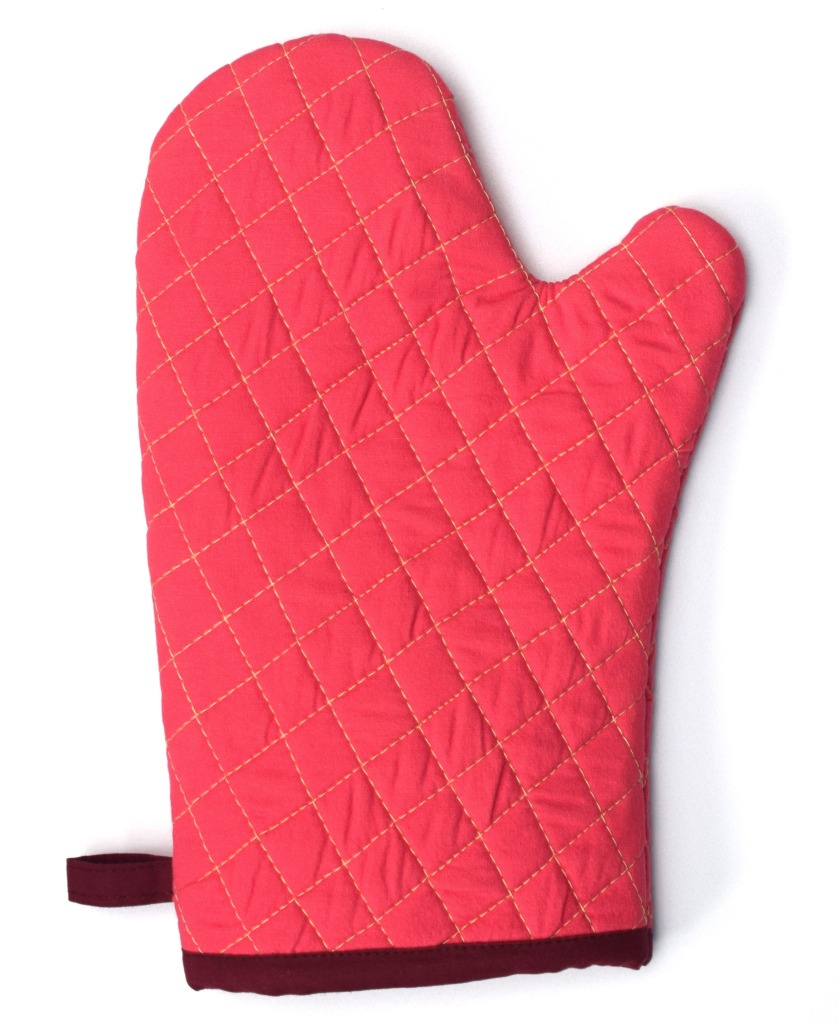
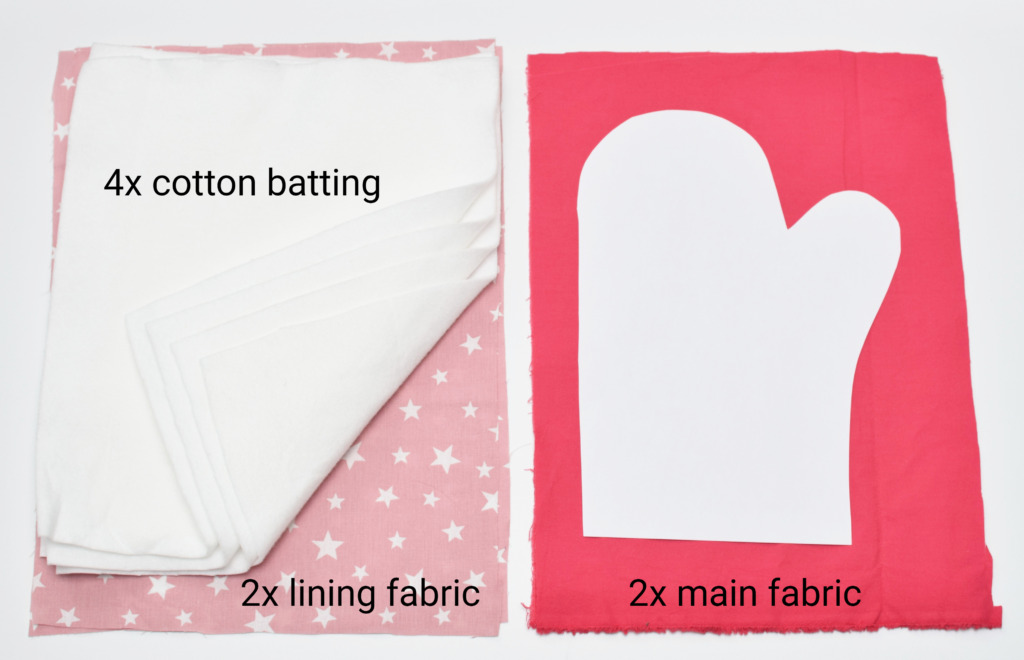
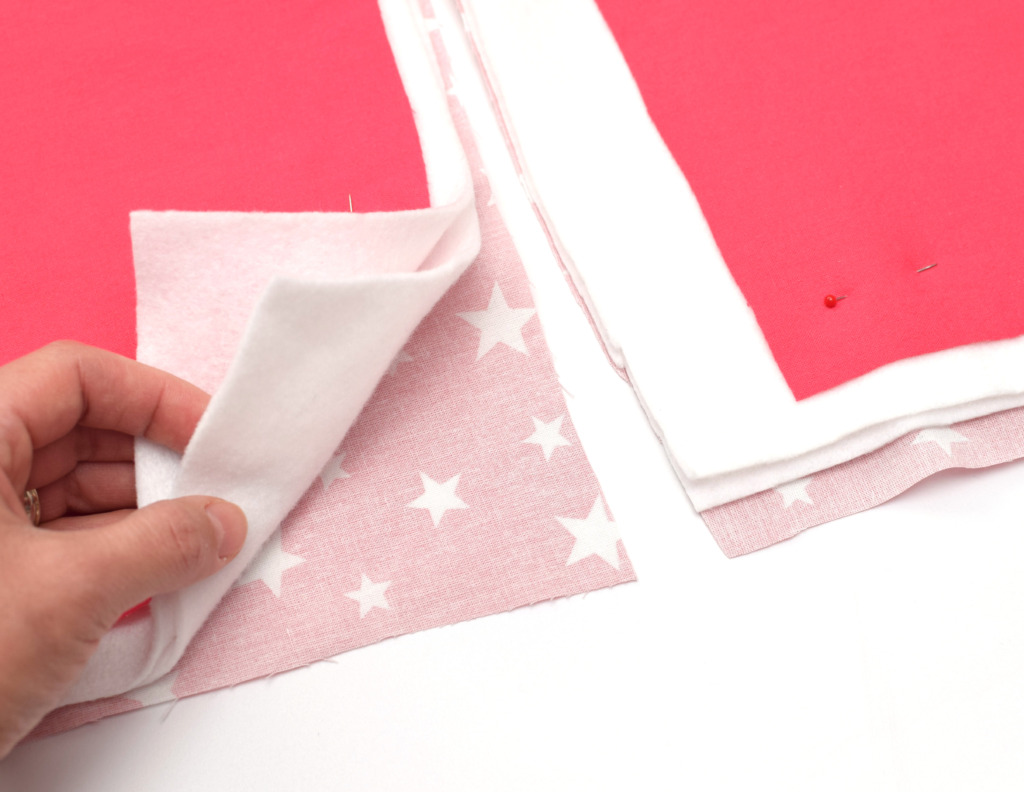
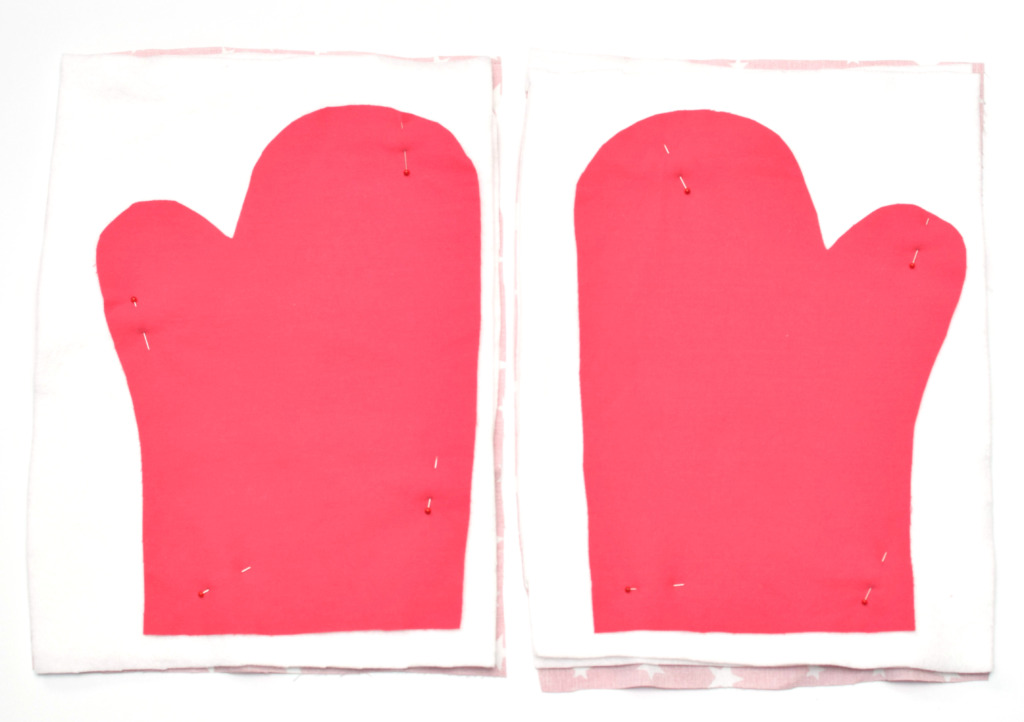
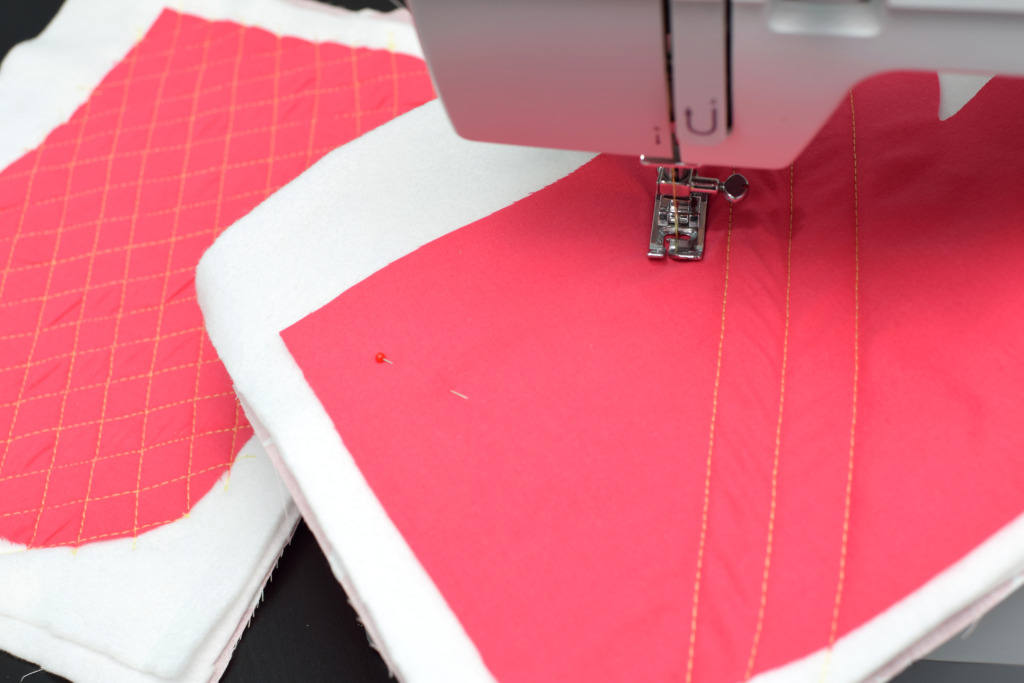
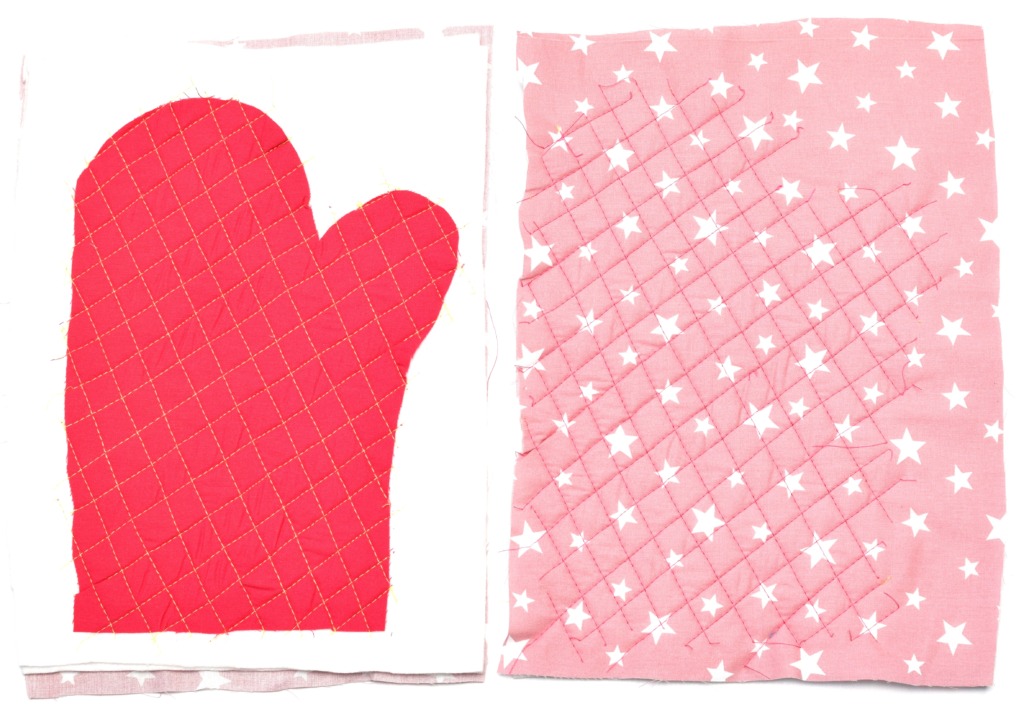
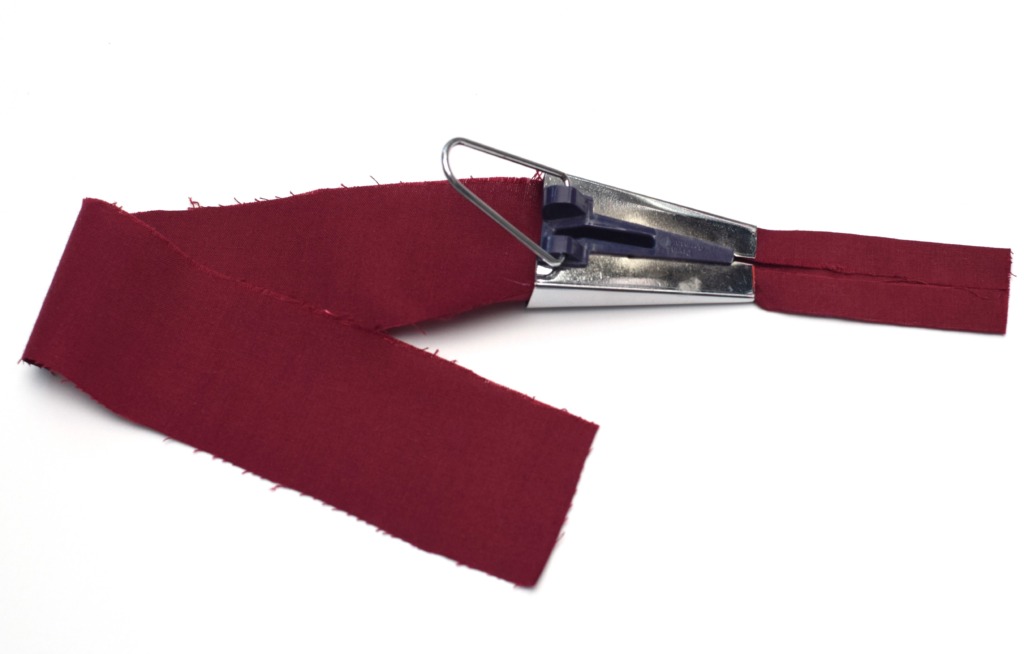
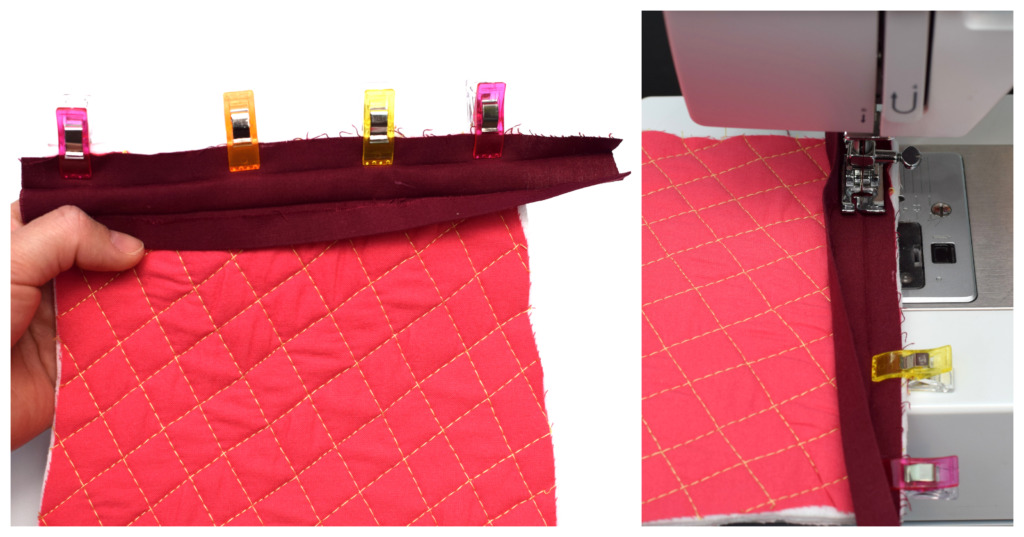
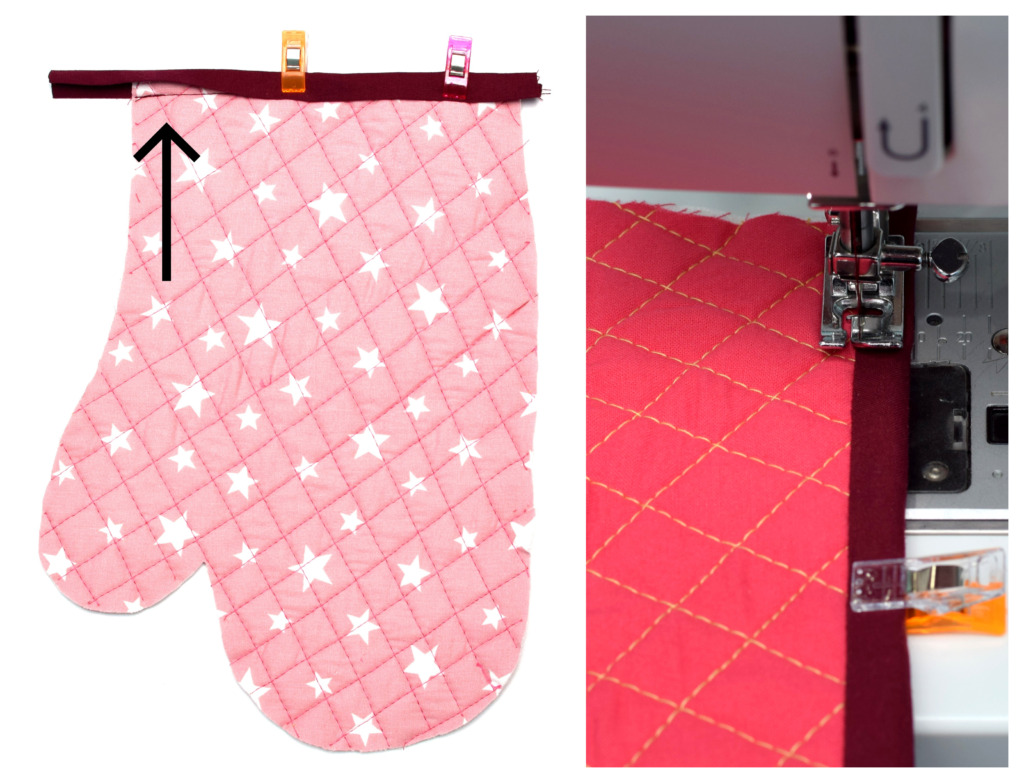
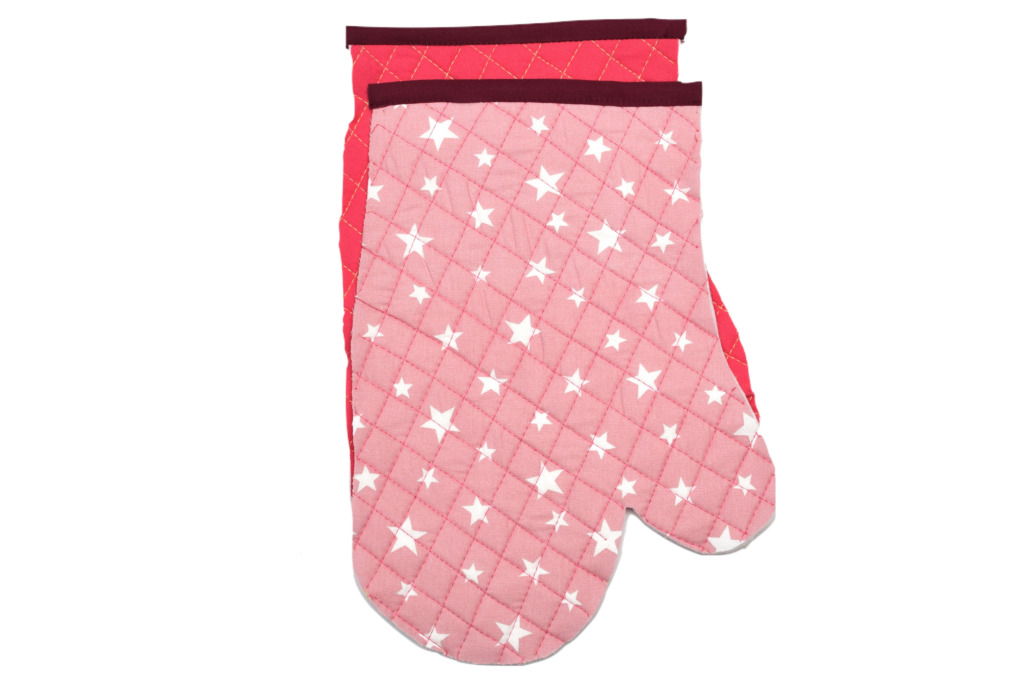
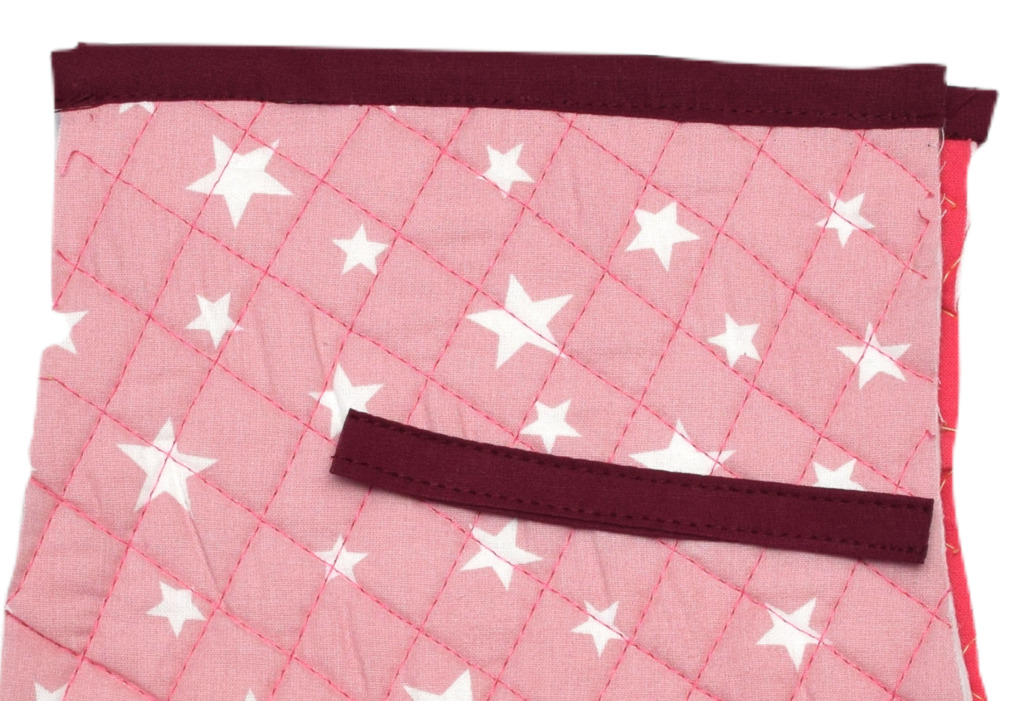
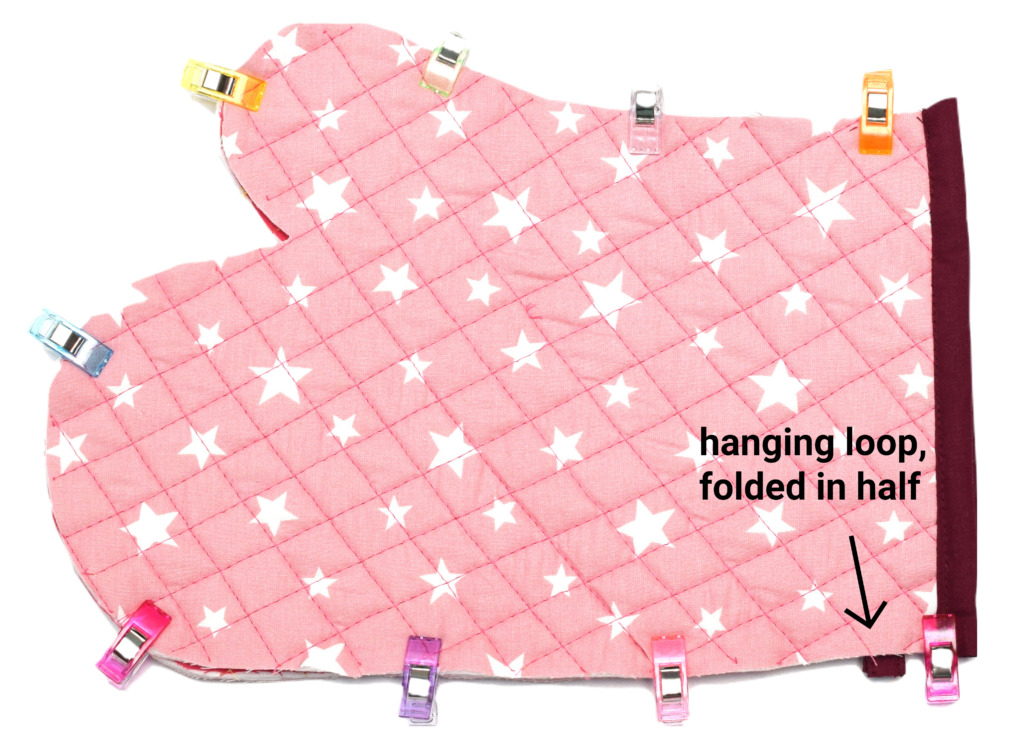
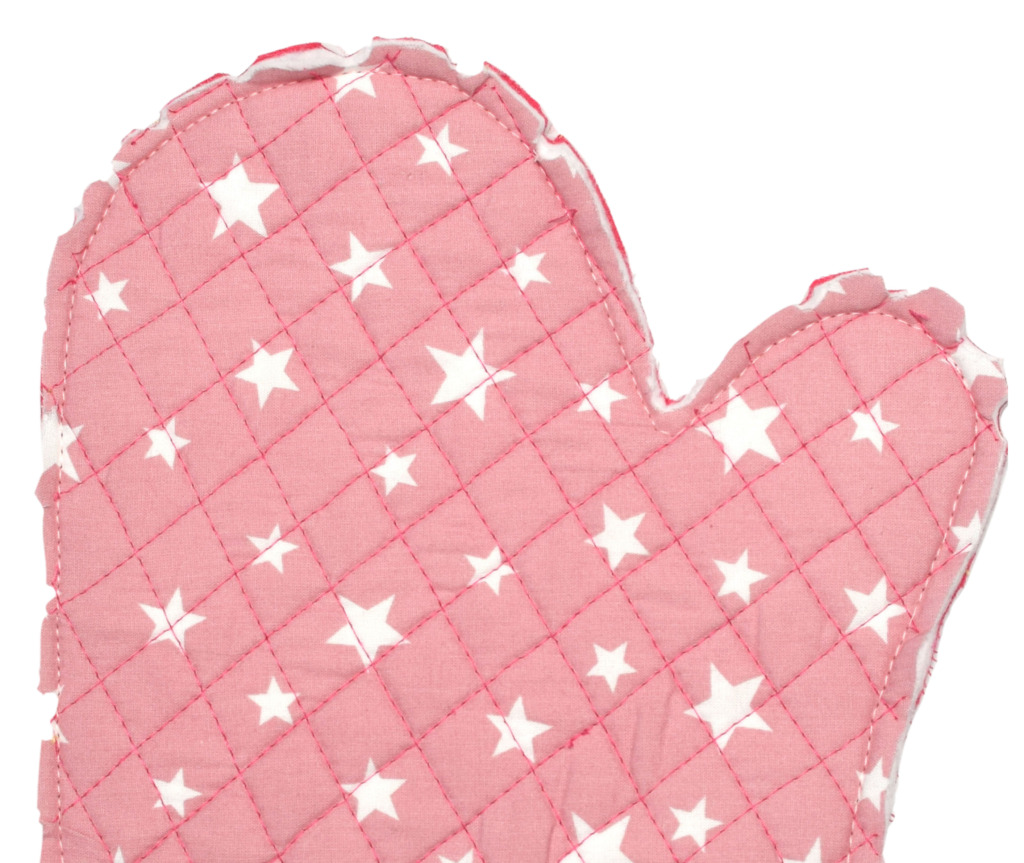
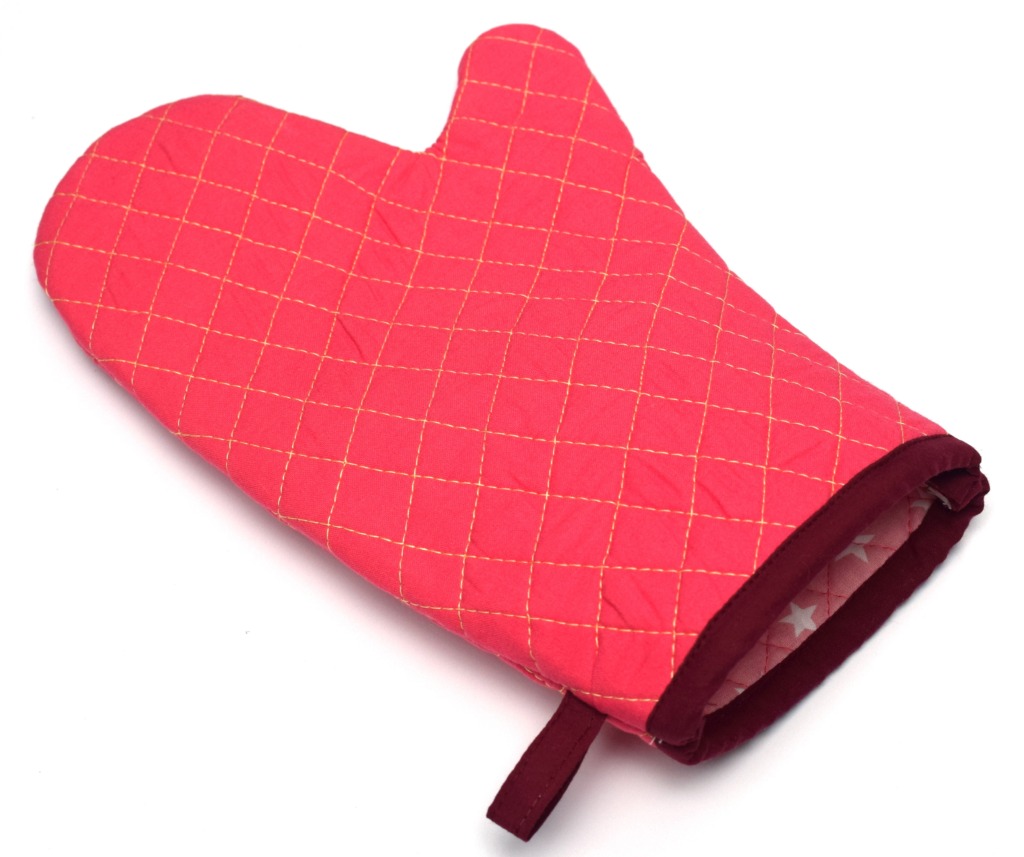
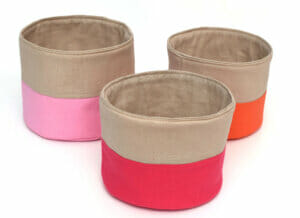
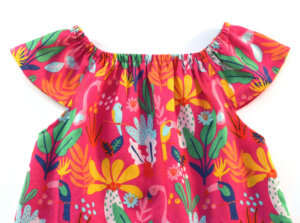
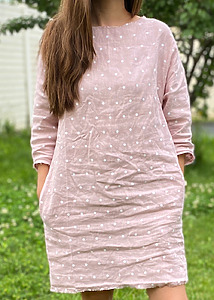
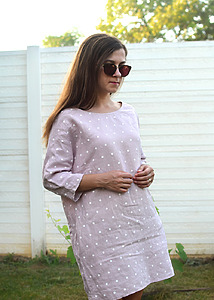
I tried to download your pattern but it doesn’t work with the link provided. So now you have my email address and I have nothing. ?
Hi,
Sorry for the late reply! I double-checked, and it seems that the address you used to comment here is not on the email list. Did you perhaps use a different address to download the pattern? Everything seems to be working fine for us and other users.
Where is the free pattern?